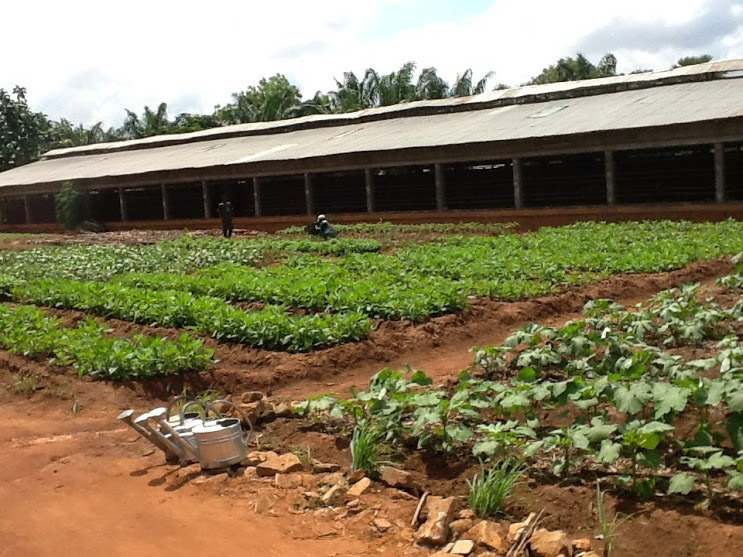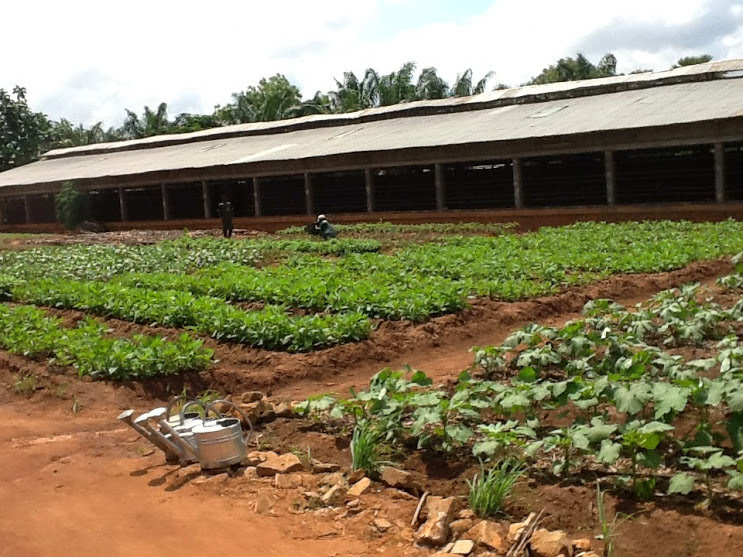
Integrating livestock and crop farming by smallholders is a sustainable farming practice that offers numerous benefits. This method, which involves combining the cultivation of crops with the rearing of animals on the same farm, is gaining popularity in Nigeria and across Africa. Here are some compelling reasons why this practice is highly beneficial and worth considering for any agribusiness entrepreneur.
Enhanced Soil Fertility and Crop Yield
One of the significant benefits of integrating livestock and crop farming is the improvement of soil fertility. Animals provide natural manure, which is rich in essential nutrients like nitrogen, phosphorus, and potassium. This organic fertilizer enhances soil health, leading to higher crop yields. For example, in Northern Nigeria, many farmers have adopted this practice and witnessed increased productivity. Studies have shown that farms using manure from livestock can see crop yield improvements of up to 30%.
Efficient Resource Utilization
Integrating livestock and crop farming ensures the efficient utilization of resources. Crop residues, which would otherwise go to waste, can be used as feed for livestock. Conversely, animal waste serves as a valuable fertilizer for crops. This symbiotic relationship reduces the need for chemical fertilizers and commercial animal feed, leading to cost savings and a more sustainable farming system. Farmers in Kenya have successfully implemented this practice, reducing their input costs and increasing their profit margins.
Diversified Income Streams
By combining livestock and crop farming, farmers can diversify their income streams. This diversification reduces financial risks and ensures a more stable income throughout the year. For instance, during the crop off-season, livestock products such as milk, eggs, and meat can provide a steady source of revenue. This approach has been particularly beneficial in countries like Ethiopia, where farmers have reported increased financial stability and resilience against market fluctuations.
Sustainable Farming Practices
Integrating livestock and crop farming aligns with sustainable farming practices. It promotes biodiversity, reduces the carbon footprint, and minimizes the reliance on synthetic inputs. Sustainable livestock farming, such as free-range systems, can coexist with organic crop farming, creating a holistic and environmentally friendly farm ecosystem. This method supports long-term agricultural productivity and contributes to food security in Africa.
Real-Life Examples and Success Stories
Several African farmers have successfully integrated livestock and crop farming with remarkable results. In Nigeria, a notable example is the Ikorodu Farm settlement in Lagos state and Odeda Farm Settlement in Ogun State, where farmers practice integrated farming with poultry and various crops. This settlement has become a model for profitable livestock farming and sustainable agriculture in the region.
In Rwanda, the Girinka program, which involves giving a cow to poor households, has improved the livelihoods of many families. The manure from the cows has significantly boosted crop production, enhancing food security and providing a source of income from milk sales.
Conclusion
Integrating livestock and crop farming offers numerous benefits, including enhanced soil fertility, efficient resource utilization, diversified income streams, and sustainable farming practices. By adopting this approach, farmers in Nigeria and across Africa can achieve greater productivity and financial stability. As more success stories emerge, it is evident that integrated farming is a viable and profitable path for agribusiness entrepreneurs in the region.
Embrace the integration of livestock and crop farming today, and witness the transformation it can bring to your farm and livelihood.


